It was ugly and in some instances downright scary, but the U.S. national team's trip to Honduras yielded the precious World Cup qualifying point needed to keep September from being a full-blown disaster.
If it still didn't quite feel like a moment to stick a thumb up and yell "Mission Accomplished" it's because it really wasn't. Sure, the U.S. team can be allowed to feel good for the heart and never-say-die attitude that allowed for a late-game comeback, but that didn't erase the reality that — taken as a complete 90 minutes — the Americans played poorly.
We know full well that playing in the challenging conditions of San Pedro Sula can make for an ugly game. The long grass and bumpy playing surface, the sweltering heat, the physical play and the raucous crowd do make for a tough setting to deliver a beautiful performance. The excuses ring hollow though when considering the fact Honduras had much more impressive stretches of play than the Americans. The U.S. never completed a pass as perfect as the one Alex Lopez did to set up Romell Quioto's goal. The U.S. attackers never enjoyed a stretch of terrorizing Honduran defenders the way Quioto and Alberth Elis took turns shredding U.S. fullbacks Graham Zusi and DaMarcus Beasley.
Taken as a one-off stinker, it might be easier to chalk up Tuesday's showing as the cost of navigating CONCACAF's tough waters, but the draw came on the heels of an underwhelming showing in last Friday's home loss to Costa Rica. Taken together, September's qualifiers were a thoroughly unimpressive showing by a team that came into the month brimming with confidence due to having several players in good form and a squad that was as healthy as it has been all year.
Perhaps that's what made the recent stinkers more painful and worrisome to watch. We can all agree the U.S. will need to play better in October's qualifiers to ensure passage to the 2018 World Cup, but it suddenly doesn't feel like such a safe bet we'll see much better next month.
Here is a closer look at some key takeaways from Tuesday's draw in Honduras:
TIME FOR BEASLEY TO RETIRE
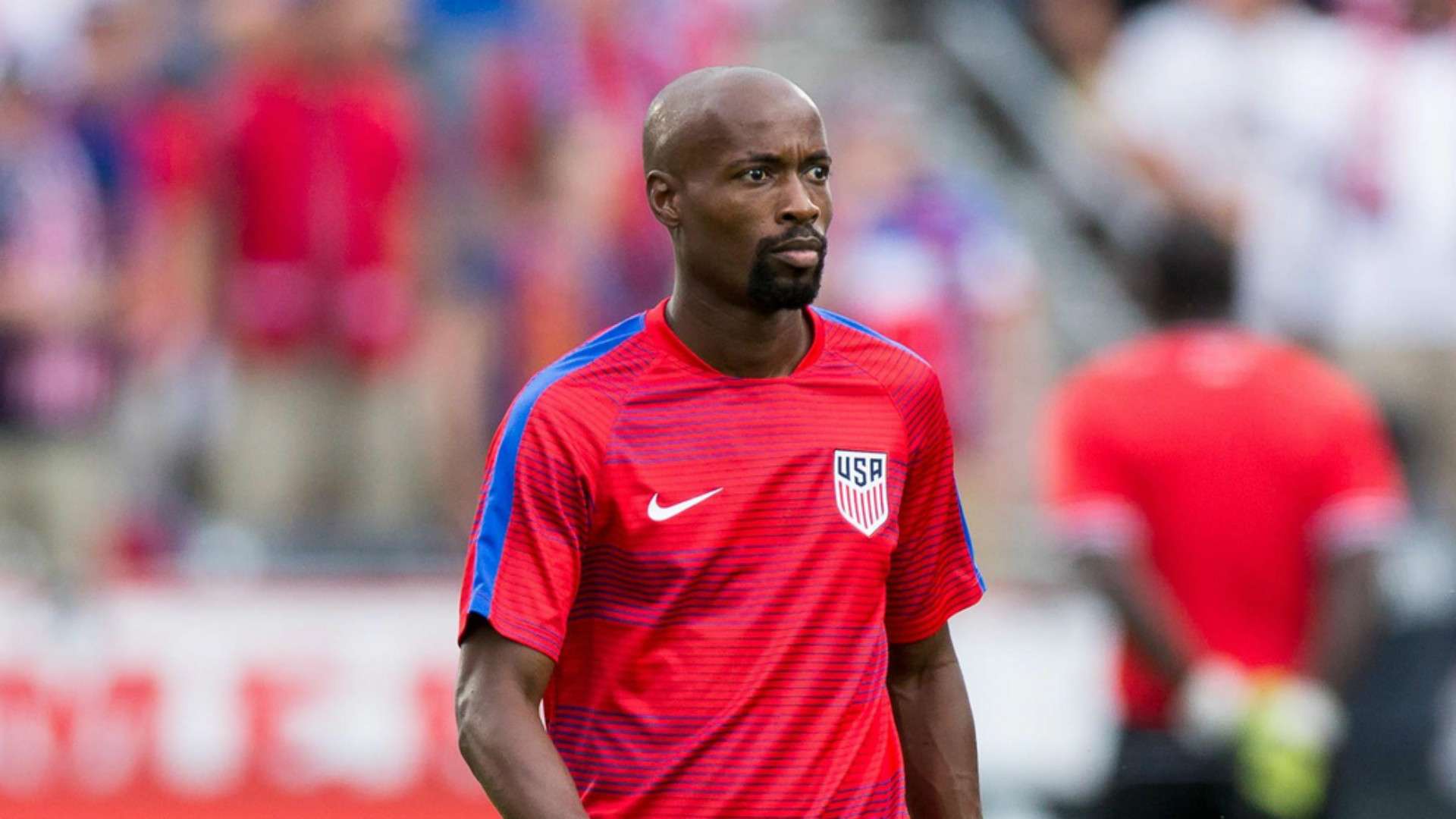
On the surface, it made sense. Beasley has an unmatched wealth of experience, he's been playing well as a left back for the Houston Dynamo, and he knows Dynamo teammates and Honduran speedsters Romell Quioto and Alberth Elis very well, having played with them this year. That was enough to convince Bruce Arena it would be a good idea to start Beasley.
Arena was wrong, as were all of us who had convinced ourselves that a 35-year-old could keep up with some of the best wingers in CONCACAF. U.S. fans were left to cringe as Honduras beat him repeatedly and mercilessly. Ivan Drago's pummeling of Apollo Creed in Rocky IV came to mind, only Arena actually did manage to throw in the towel on Beasley's day before too much damage was done.
Beasley wasn't alone in being abused by Honduras' wingers. Zusi was scorched repeatedly, though that was a bit less surprising considering how relatively new he still is to the right back position. Beasley has enjoyed a career renaissance since making the switch from left winger to left back, and his heroics during the 2014 World Cup qualifying cycle and at the 2014 World Cup shouldn't be forgotten, but Tuesday offered the most blatant evidence yet that it's time to move on to other options at the position.
Nobody should blame Beasley for having put off retirement, even after Jurgen Klinsmann tried to force him out the door after the 2015 Gold Cup. But Klinsmann probably realized then that it would be better to start looking elsewhere for younger options than to keep trotting out Beasley well beyond his sell-by date.
Is Beasley still capable of being a stand-in in certain instances? Sure. His showing in Mexico City in June wasn't terrible, even if he was involved in the sequence that led to Mexico's lone goal that day, but we should also remember he was deployed as a wingback in a 3-4-3 that day, which served to help limit just how exposed he might be that day.
There was no such protection on Tuesday, and the result was a brutal battering of a player who has already done more than enough to be considered an all-time USMNT great and sure-fire Hall of Famer. He stands as the lone American to play in four World Cups, but any notion that Beasley could be an option for the 2018 World Cup — if the U.S. makes it — seems laughable now.
It's time to thank Beasley for his service and move on to younger left-back options. Players like Justin Morrow and Greg Garza, who could have benefited from the experiences of the recent qualifiers, as well as Timmy Chandler and Eric Lichaj, who may not be natural left backs but have played the position and are better equipped to handle the defensive responsibilities, would have been better call ups.
GOOD CASE FOR THE THREE-MAN DEFENSE
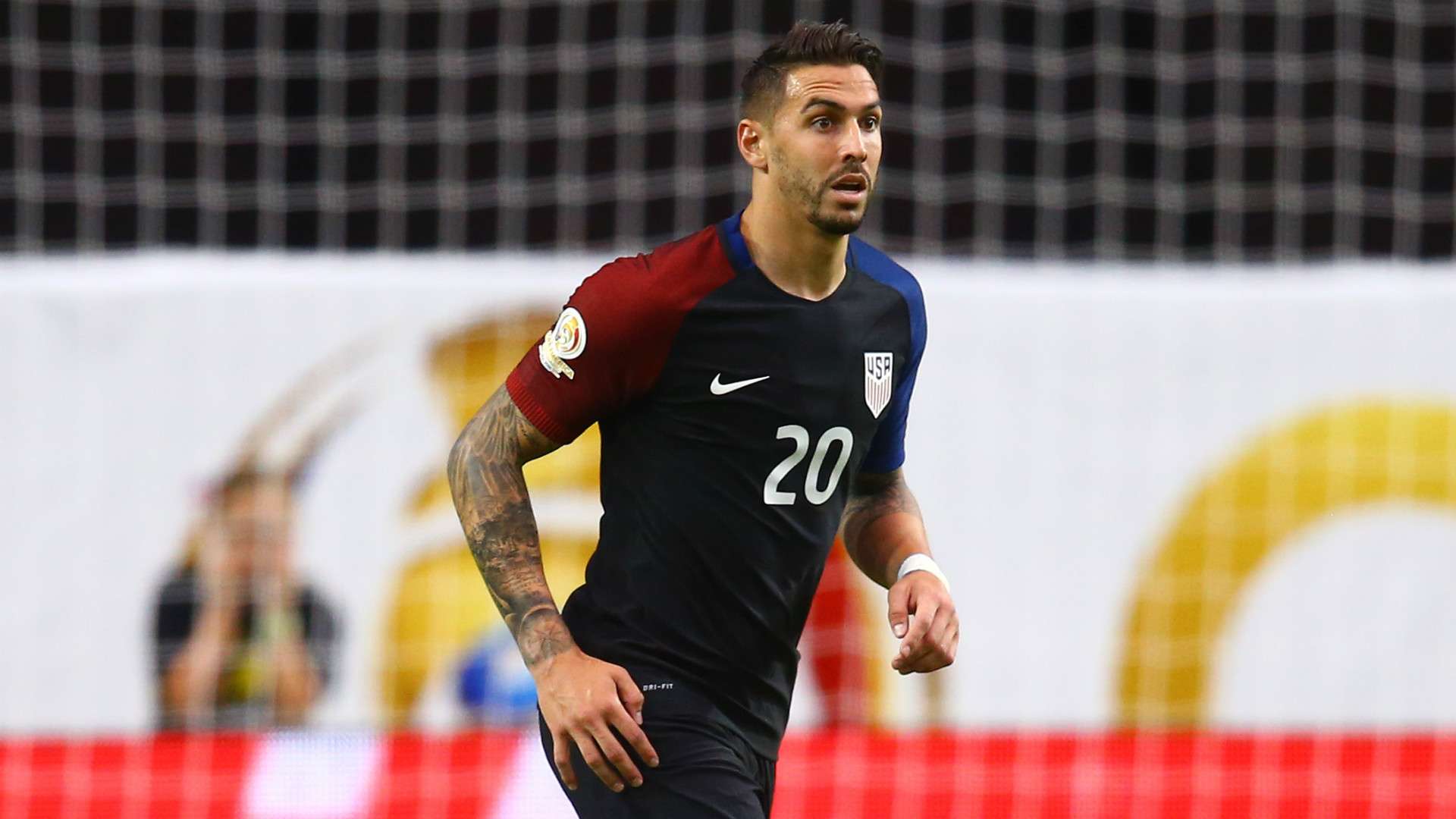 Mark J. Rebilas
Mark J. Rebilas
For the second straight road qualifier, the U.S. turned to a three-man defense to help earn a result. Arena deployed a 3-4-3 against Mexico and, for the most part, the defense held up well in the system. He brought it out again in the second half against Honduras and, along with giving the U.S. an extra attacker, it helped put three dedicated defenders on the field, eliminating the presence of wingers posing as fullbacks, but playing more like defensive liabilities.
The U.S. has a fullback problem, and has much more center-back options — though some would argue that position isn't nearly as strong as we thought. Instead of trying to force limited fullback options, Arena should consider shifting to a 3-5-2 on a more regular basis, and for the upcoming qualifiers against Panama and Trinidad & Tobago in October.
Of course, this doesn't mean scrapping the four-man defense we have grown so accustomed to seeing. There will be opportunities to still deploy it, but it's hard to argue with the reality that there are better center-back options than fullback options in the pool right now.
Having a healthy DeAndre Yedlin does make a four-man defense easier to deploy, but even his presence doesn't necessarily work against a three-man defense because Yedlin has shown himself to be a good wingback option. In fact, some might argue he's a better wingback than fullback. Timmy Chandler has experience as a wingback, and even a Zusi, who is still more attack-minded player than defender, would be better suited as a wingback.
A switch to a 3-5-2 could also work to create more opportunities for midfielders like Kellyn Acosta and Cristian Roldan, while giving Michael Bradley even more responsibility connecting the defense to the attack.
Realistically, it's tough to see Arena making a major shift from preferring a four-man defense to a three-man defense, but it is clear that the three-man defense has gone from a seldom-used variation to a system that just might be needed to secure a place at the 2018 World Cup.
BOBBY WOOD A PRESSURE PLAYER
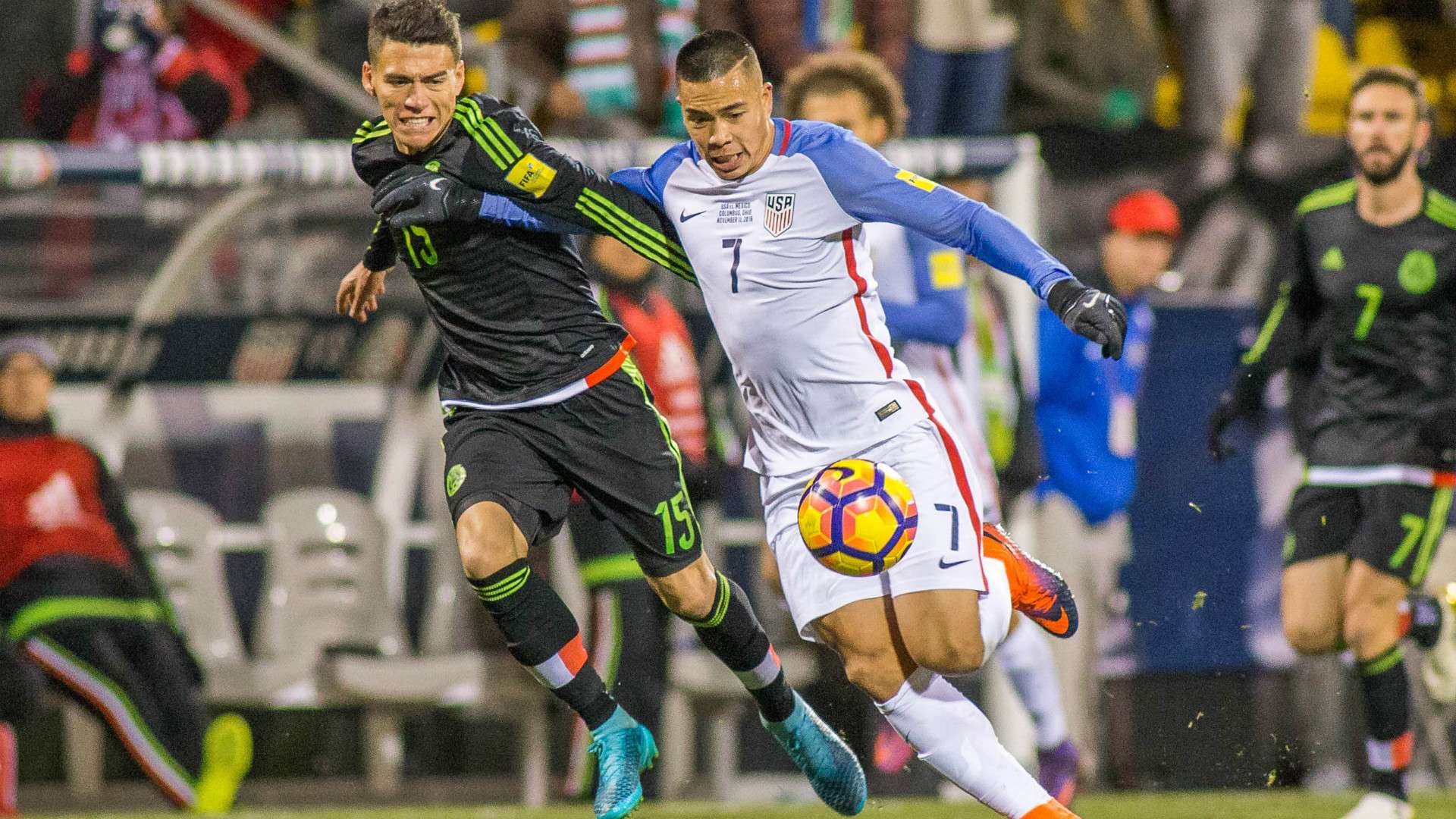 Trevor Ruszkowski
Trevor Ruszkowski
If you felt a sense of deja vu watching Bobby Wood deliver the pressure late goal for the U.S, it's because it wasn't the first time he's delivered in a big match.
It's easy to forget that Wood scored an equalizing goal against Mexico in last November's qualifier, a goal that would have saved a home point if not for Rafa Marquez's last-minute winner. Wood scored another impressive equalizer against Mexico back in the 2015 CONCACAF Cup, tying the score in overtime before Paul Aguilar's late stunner.
Earlier the same year, Wood scored late goals to beat Germany (88th minute) and the Netherlands (90th minute) in back-to-back friendlies. It was those goals that helped rejuvenate his career and start his climb from 2. Bundesliga benchwarmer to Bundesliga starter.
With Clint Dempsey drawing closer to the end of his time as a 90-minute player for the USMNT, Wood looks more and more capable of filling his shoes as Jozy Altidore's preferred strike partner. His excellent runs, tireless work rate and ability to find opportunities late in games make him someone who has become tougher and tougher to keep out of the lineup.
YOUNGSTERS IMPRESS
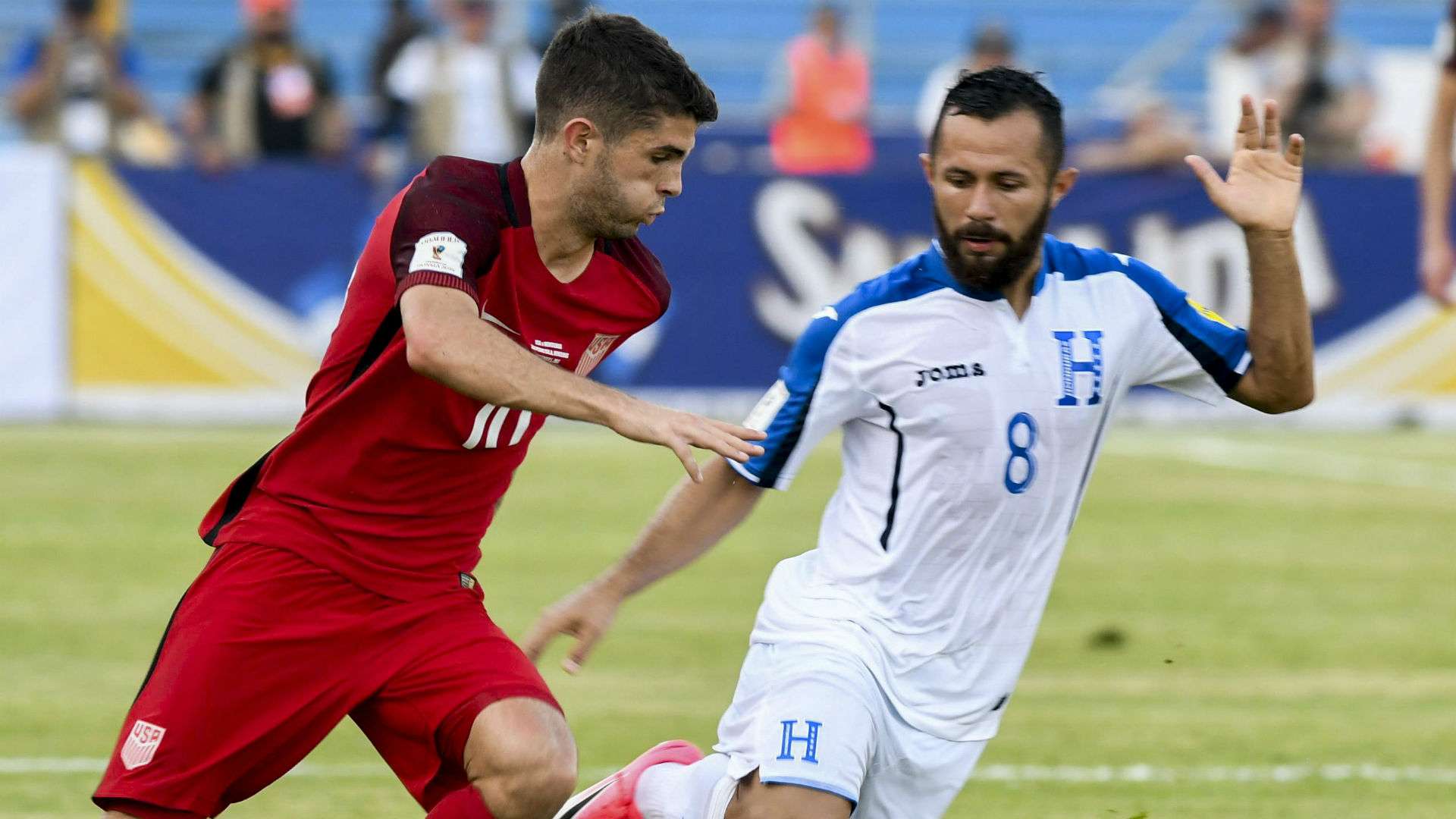 ORLANDO SIERRA
ORLANDO SIERRA
On a day when it could have been easy for younger players to hide in the shadows or crumble under pressure, several young U.S. players stepped up when needed, offering some of the few bright spots on Tuesday.
Christian Pulisic once again faced heavy fouling, but simply kept on charging forward, trying to create. He didn't always connect well with teammates, but generally speaking he had good ideas and he kept defenders on their heels. He also drew the foul that led to the free kick that eventually produced Wood's equalizer. Pulisic continued to show his frustration with CONCACAF referees, but his relentlessness in the face of such trying challenges was impressive.
Kellyn Acosta had his best game for the national team in some time, though it may have been easy to overlook prior to the excellent free kick he struck late in the match. That free kick helped set up Wood's equalizer and reinforced the idea that he is the best set-piece taker in the U.S. pool, but it was his tireless work in midfield that deserved praise. It was a performance Acosta needed after a lackluster Gold Cup and struggles against Mexico in June. He remains, at 21, a player with a very bright future as a regular USMNT starter.
Jordan Morris got the starting nod Tuesday, and while he struggled to find chances on the day, he still managed to make his march on the match, keeping the loose ball alive that eventually found Wood for the equalizer. The 22-year-old is coming of scoring the Gold Cup-winning goal to beat Jamaica in July, and has looked more and more comfortable when called upon.
FINAL THOUGHTS
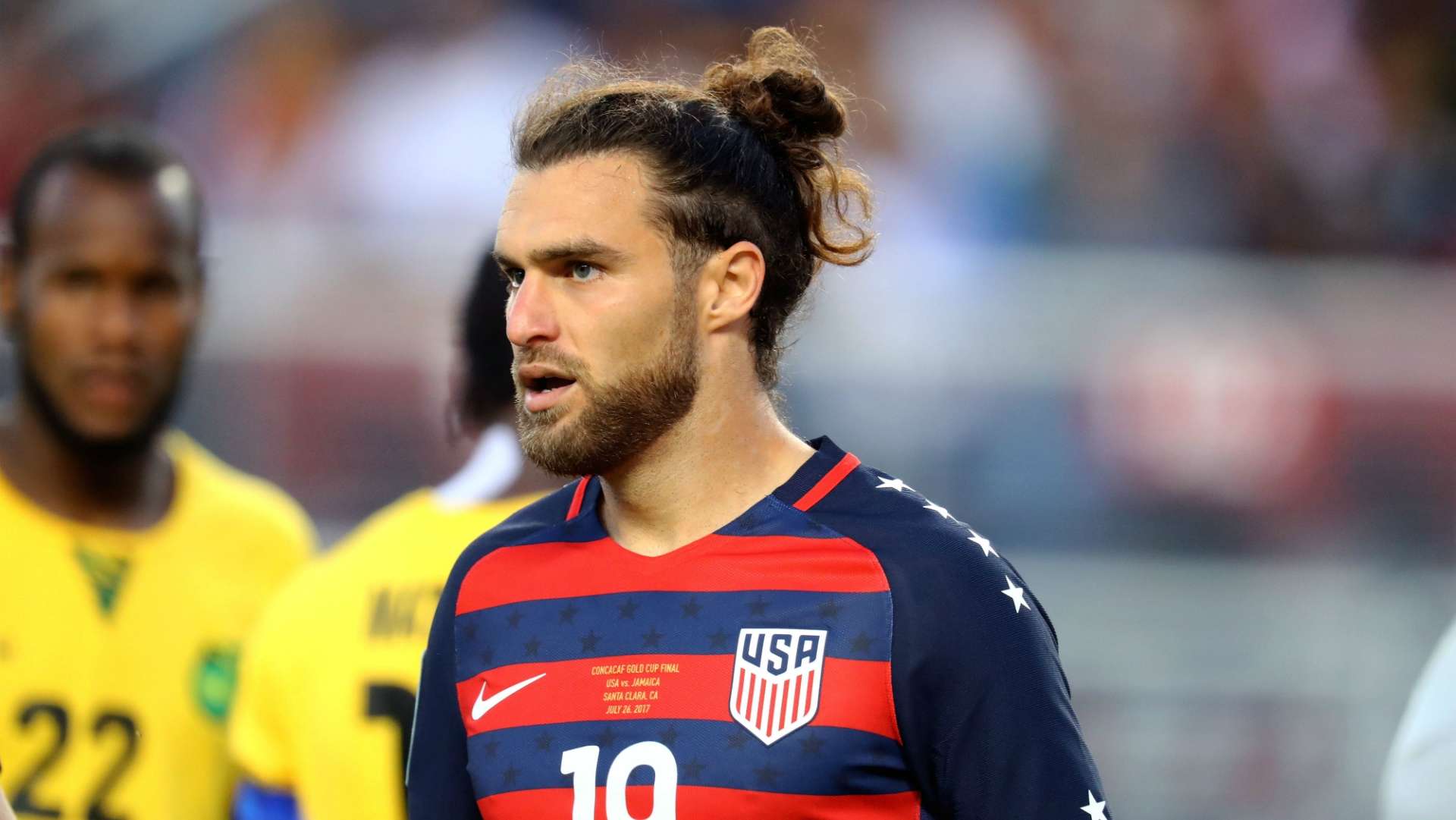 Kyle Terada
Kyle Terada
Zusi had an awful game against Honduras, but let's not go tossing out the Zusi-as-right-back experiment just yet. He was the U.S. team's best defender against Costa Rica, and is having an excellent season at right back for Sporting KC. He is still someone for Arena to consider at right back. That said, he isn't as good a one-on-one defender as Eric Lichaj or Timmy Chandler, and it will be tough to justify choosing Zusi over either of those two come October, when Panama and Trinidad & Tobago will feature speedy wingers capable of causing problems.
—
Omar Gonzalez didn't have his best day and was beaten on the Honduras goal, but he eventually settled down and did his job. He looked shaky at times, but his overall game wasn't one that should drop him too far down the center-back depth chart. Geoff Cameron remains the top option at right center back, but Gonzalez remains No. 2, as well as someone worth considering as a starter in a three-man defense.
—
Did Brad Guzan do enough to move ahead of Tim Howard as the full-time No. 1 goalkeeper? He made some solid saves, but his distribution was terrible as usual. We are probably going to see the goalkeepers split duty in October once again, but it's anyone's guess which of them will head into 2018 as a starter. The most worrying thing about the goalkeeper position is the fact there isn't a younger option closer to challenging for the starting job.
—
Darlington Nagbe had a quiet day on Tuesday, and after a promising start, seemed to disappear for long stretches. This is something that has plagued Nagbe through his career in MLS, and had to be frustrating for Arena in Honduras. Especially when it appeared early on like Nagbe could have a field day against Honduran right back Brayan Beckeles.
—
Arena has made it a habit of saying he's been outcoached after unfavorable results. On Tuesday, he made some important moves late in the match, switching to a 3-5-2, and eventually a 3-4-3 with Wood coming off the bench as the final substitute. Arena may not have been outcoached by Jorge Luis Pinto, but you have to think Arena regretted some of the lineup decisions he made, and didn't make.
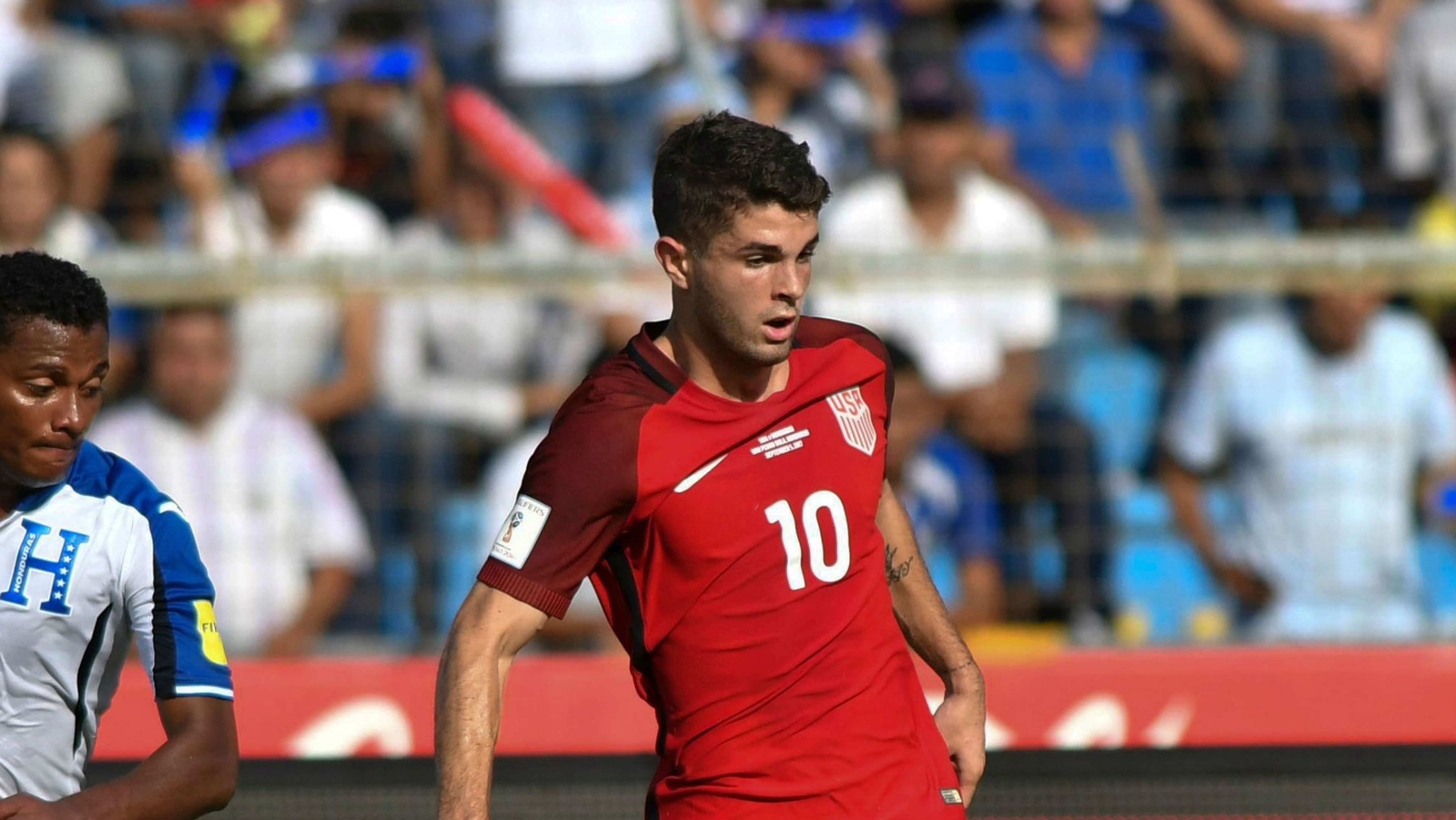
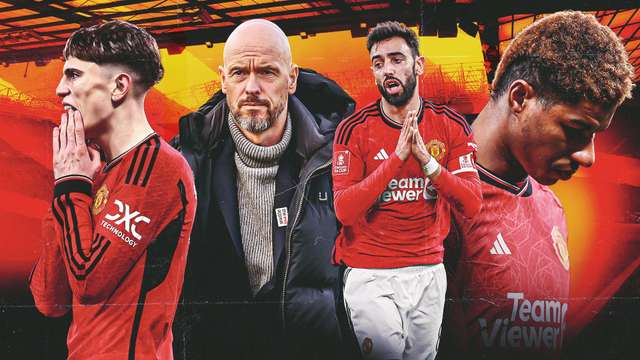

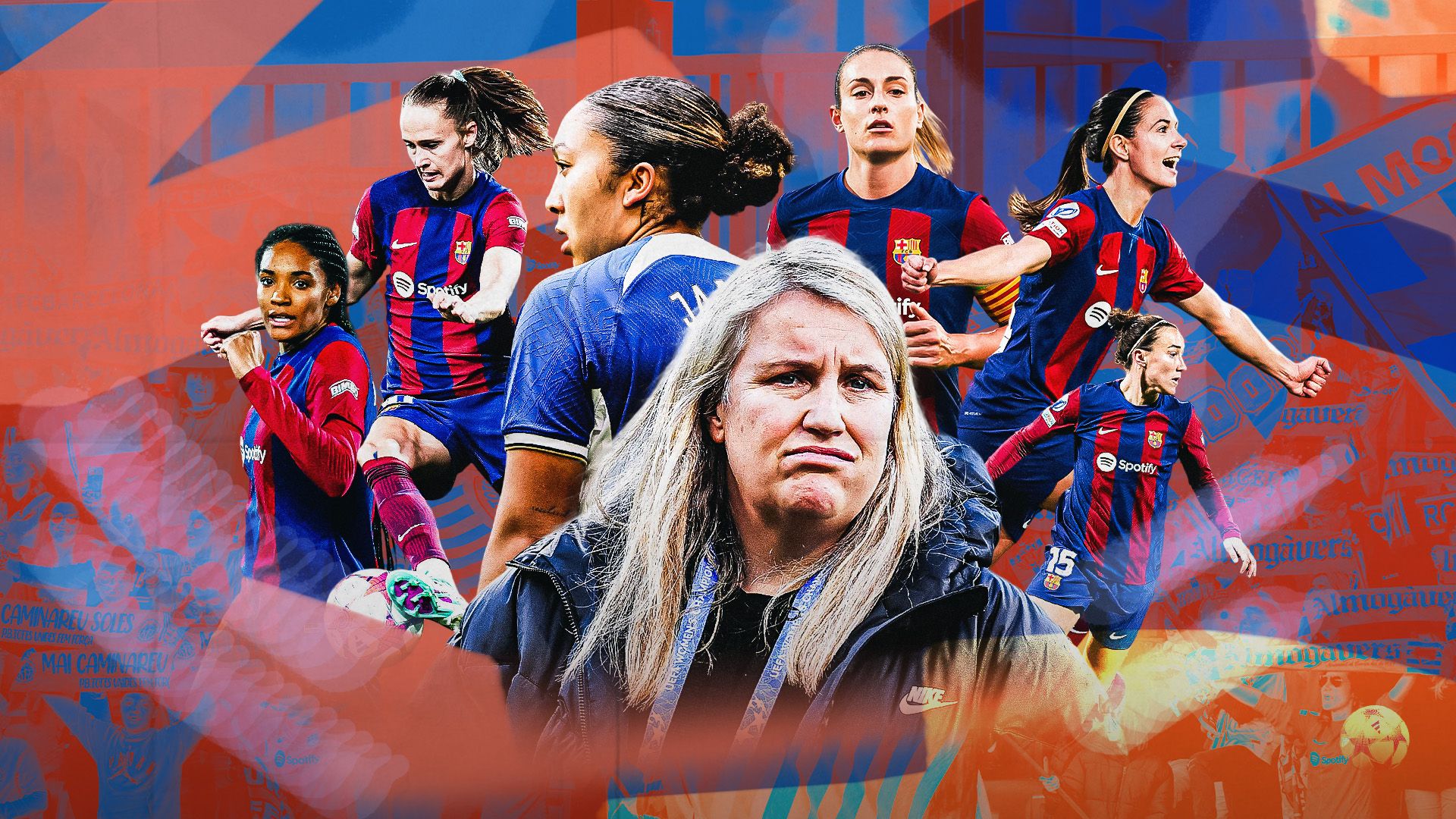.jpg?auto=webp&format=pjpg&width=640&quality=60)
.jpg?auto=webp&format=pjpg&width=640&quality=60)